
U.S. eyes wetland restoration as hedge against climate change
Researchers found that conserving existing wetlands, restoring 35 percent of marshes that have been impounded or drained, and allowing coastal wetlands to naturally migrate toward land as sea levels rise could create a substantial sink for CO2 and human-caused methane by 2050…
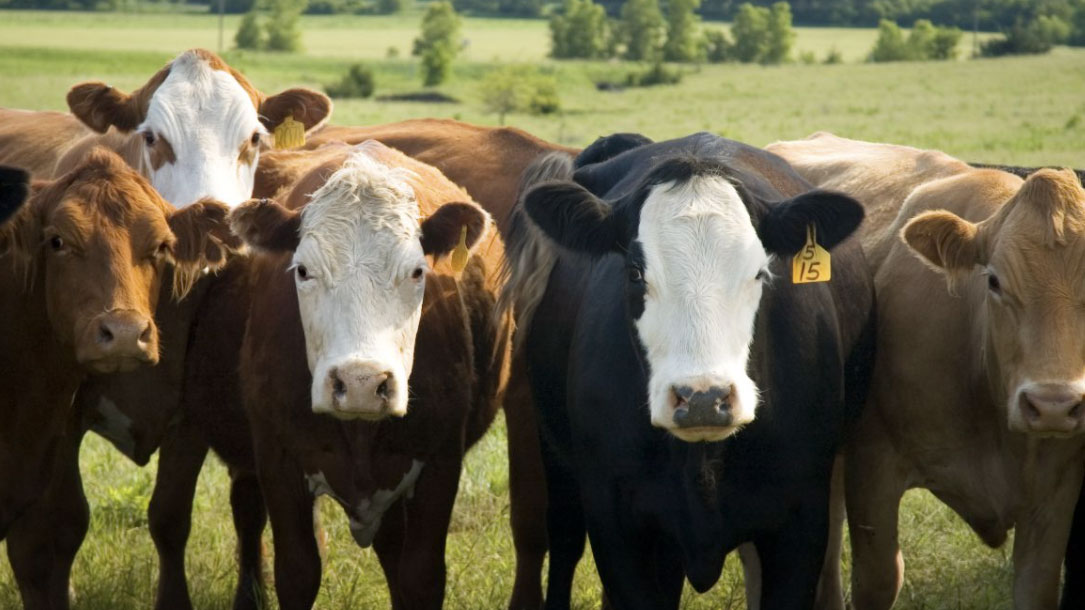
A new study on regenerative grazing complicates climate optimism
A new, peer-reviewed paper on White Oak Pastures’ practices advances our understanding of the climate impact of beef and the potential for regenerative grazing to store carbon in the soil….

Shared morphological consequences of global warming in North American migratory birds
“Increasing temperatures associated with climate change are predicted to cause reductions in body size, a key determinant of animal physiology and ecology…”
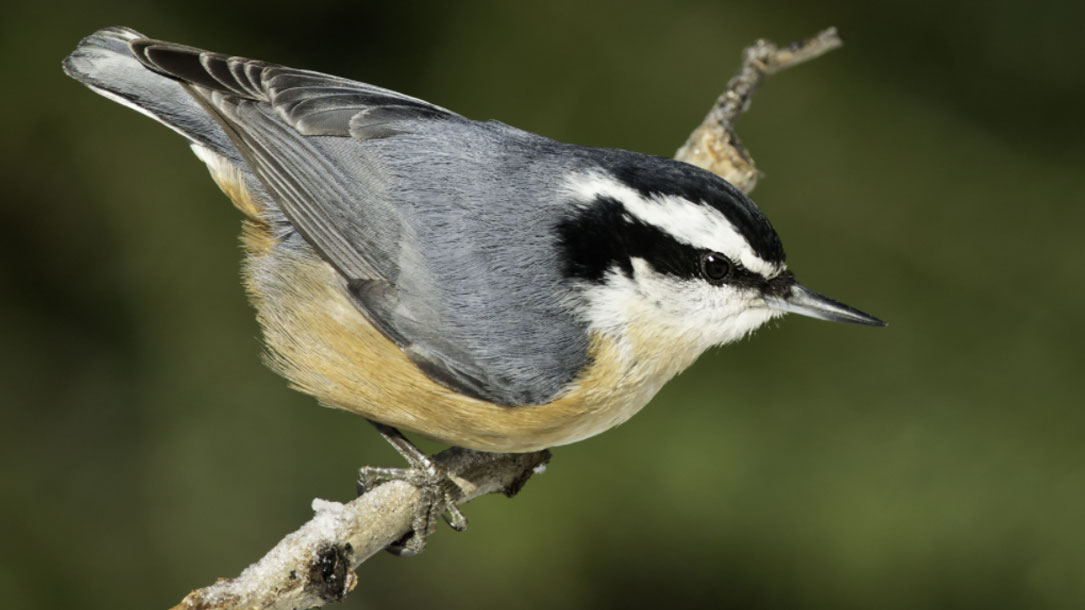
Declining body size: a third universal response to warming?
“Because body size affects thermoregulation and energetics, changing body size has implications for resilience in the face of climate change.”

Rotational grazing revives the prairie
Foraging sheep, prairie plants, and soil health all benefited from a two-month experiment that allowed Chris Schmidt to rotationally graze on neighboring land enrolled in the federal Conservation Reserve Program (CRP).
The 45-acre prairie restoration was overdue for mid-contract maintenance… “Songbirds. Butterflies. Bees. All that stuff is intertwined one way or another. We can’t have one without the other. Increase that diversity not only in plants but wildlife,” Schmidt said of grazing the landscape…
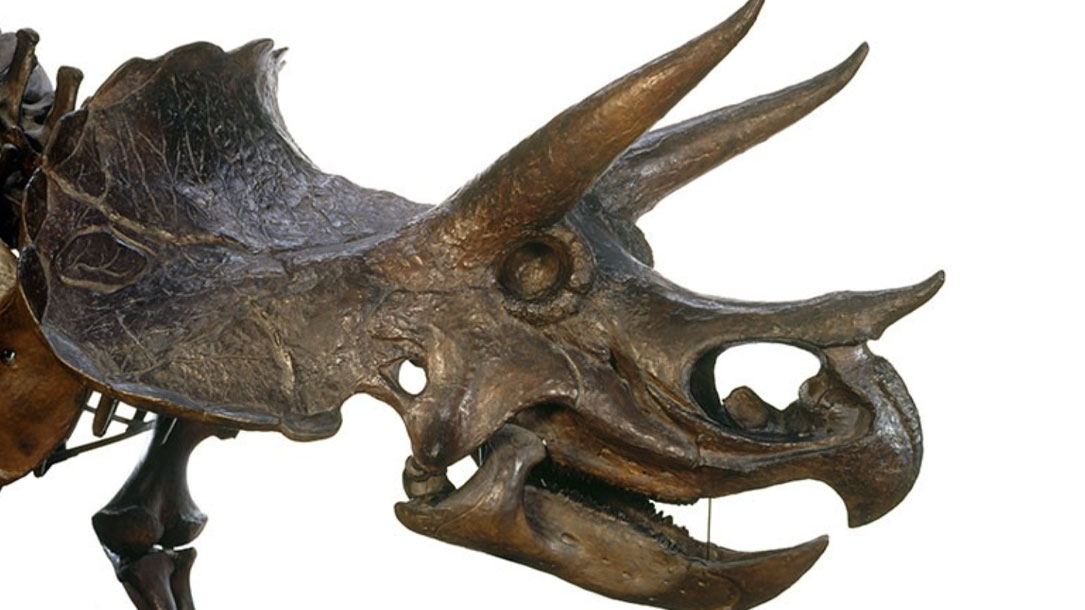
What is mass extinction and are we facing a sixth one?
“Extinction is a part of life, and animals and plants disappear all the time. About 98% of all the organisms that have ever existed on our planet are now extinct.
When a species goes extinct, its role in the ecosystem is usually filled by new species, or other existing ones. Earth’s ‘normal’ extinction rate is often thought to be somewhere between 0.1 and 1 species per 10,000 species per 100 years. This is known as the background rate of extinction…”
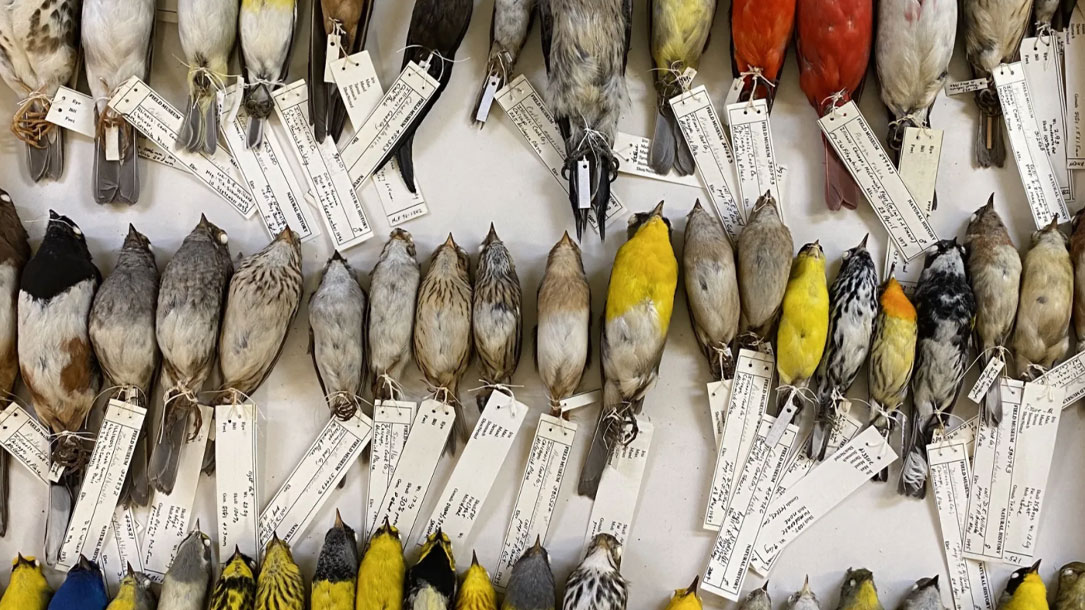
Animals are shrinking. Blame climate change.
Wild animals are already facing a wide range of threats. If they shrink — and especially if they shrink at different rates, as researchers predict — that could push some species even closer to extinction. And it could throw a wrench into ecosystems that humans rely on…
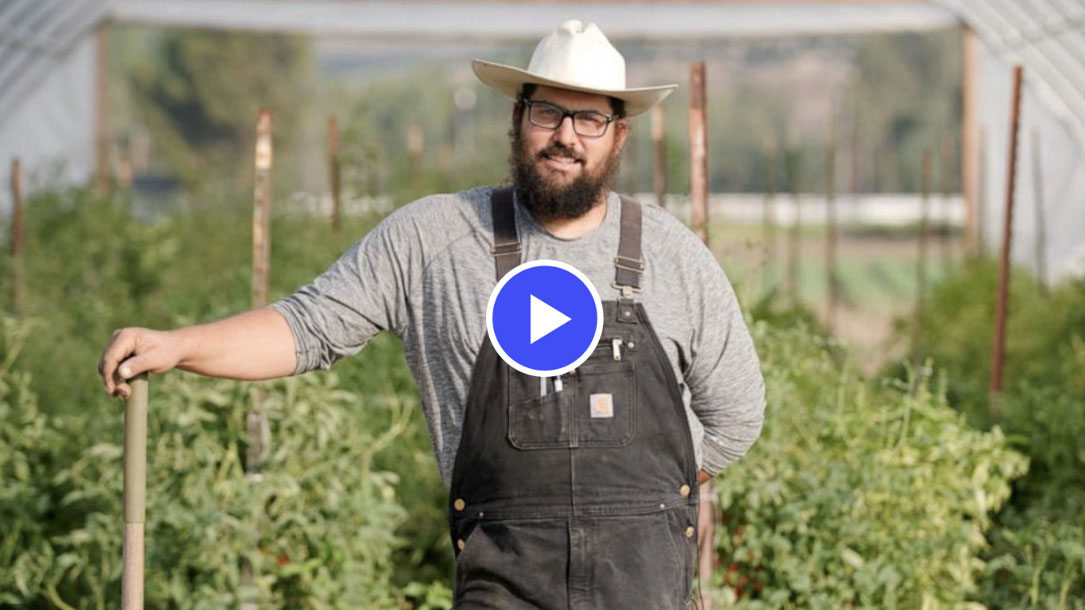
Could new soil practices save farmers from climate change?
Some farmers are finding that no-till soil management can insulate plants against extreme weather. Soil health is a big factor in this; managing weather stress, insects, and changing conditions are part of our farming future.
Good Morning America featured this video recently. It’s a good sign that regenerative agriculture is now starting to go mainstream. If you work with farmers and ranchers, this might be something you could share.
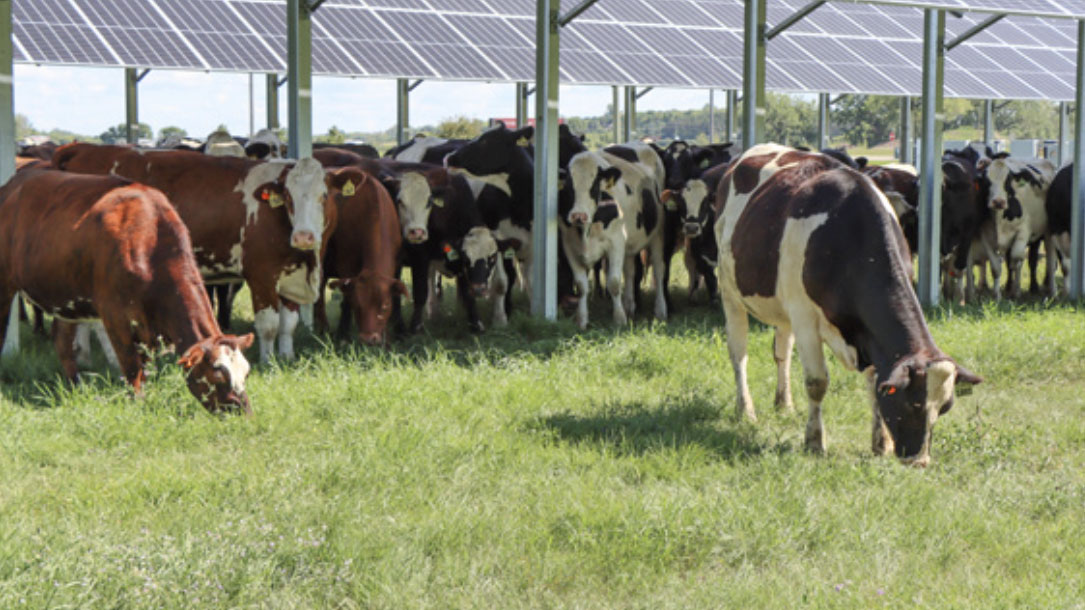
Solar panel shade for cattle
Dr. Brad Heins, associate professor of dairy management at the University of Minnesota and researcher at the West Central Research and Outreach Center in Morris, Minnesota, implemented this idea at the center’s 300-cow pasture to provide shade for the herd and energy to power milking equipment. “The concept of solar grazing started because we wanted to reduce heat stress and produce energy to utilize in our dairy farm,” Heins says. “Our goal is to have a net-zero dairy.”
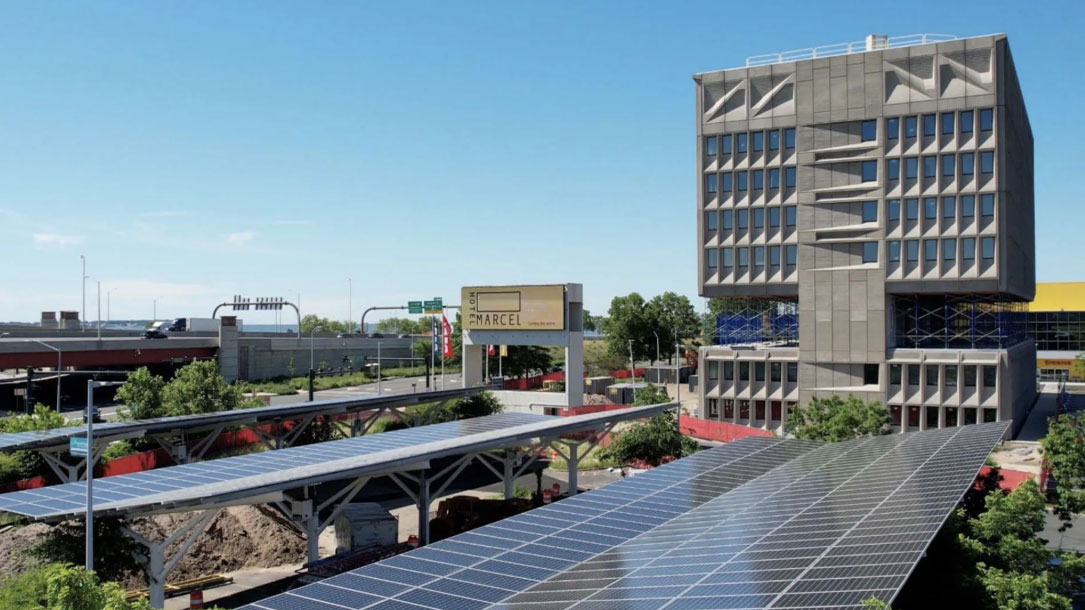
Study: Connecticut could conserve land by installing solar above parking lots
The study, which appears in the current issue of Solar Energy, identified 8,416 large parking lots across the state that are suitable for power-producing solar canopies. Together, those sites could generate 9,042 gigawatt-hours annually, the equivalent of 37% of the state’s annual electricity consumption…












